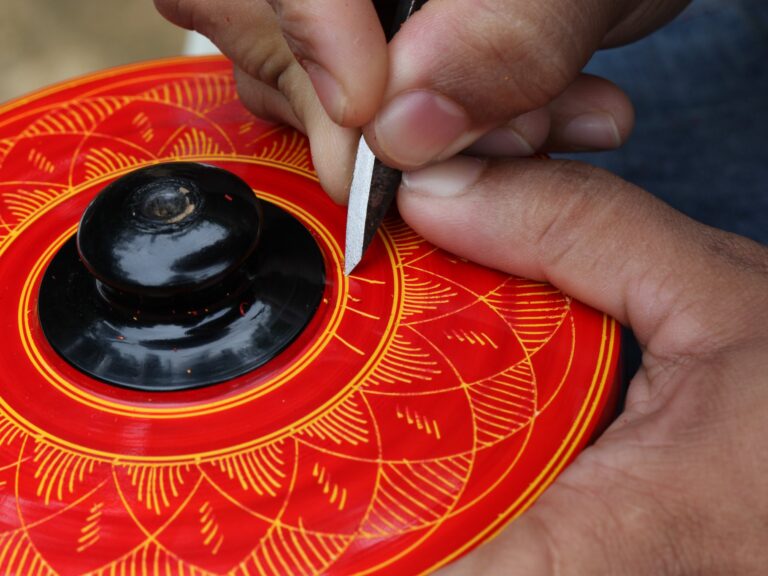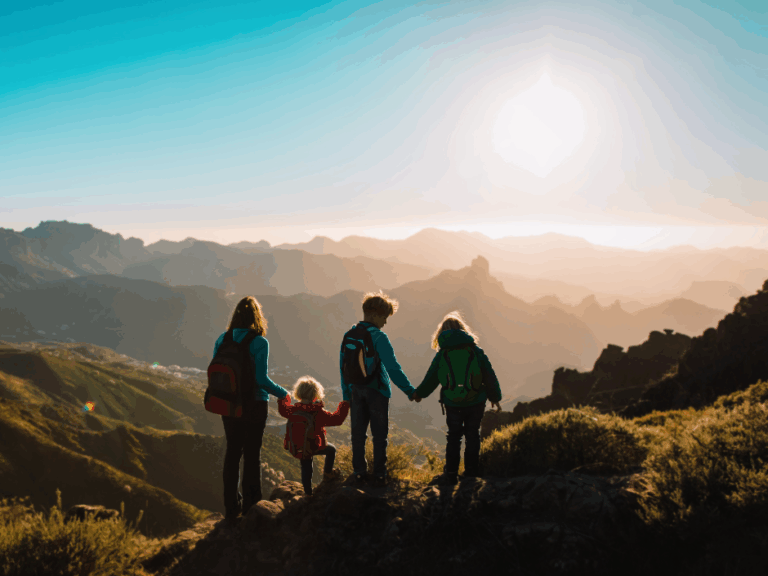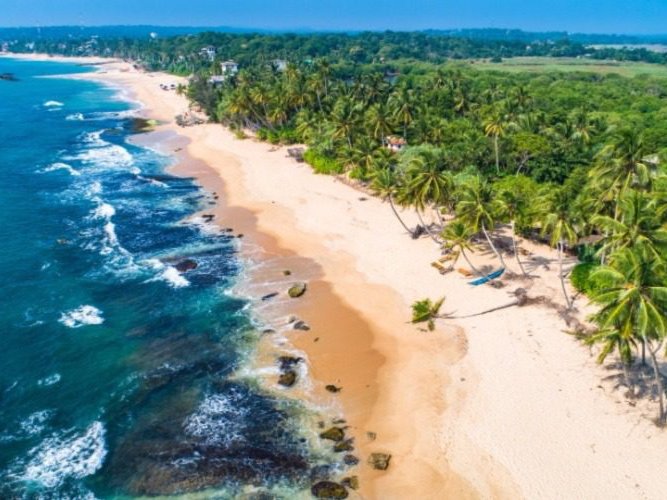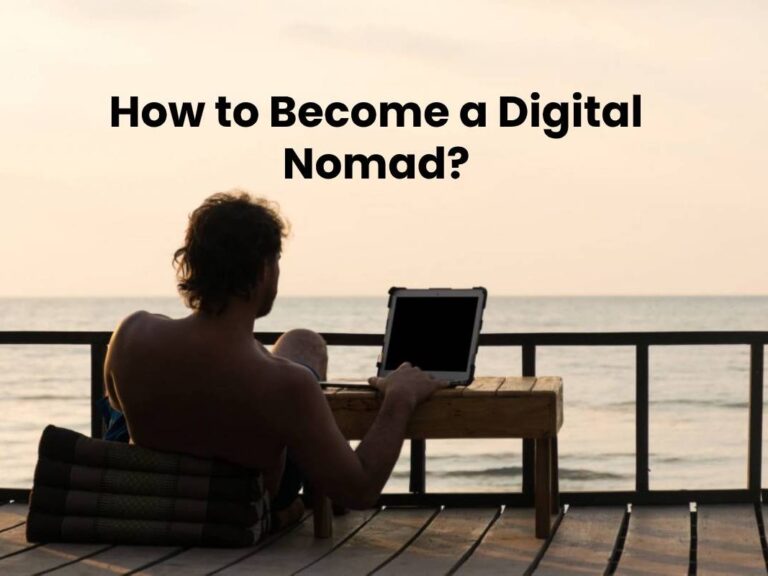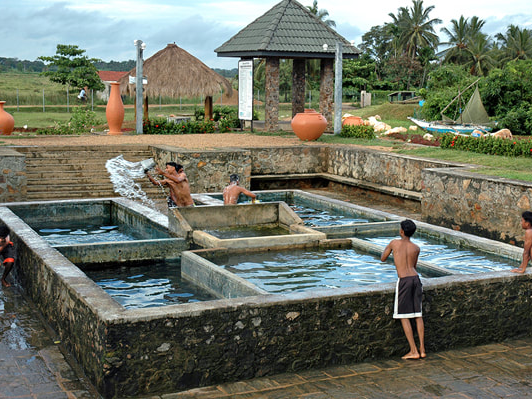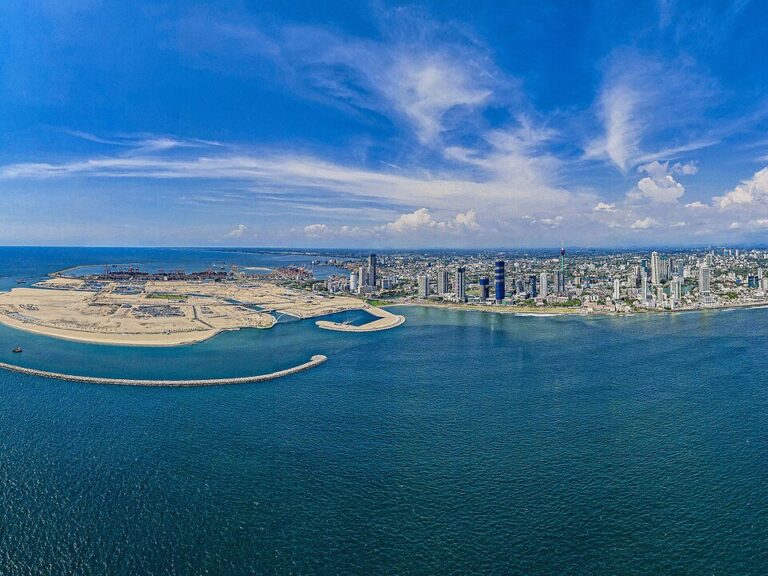Corporate Resilience, Not Disaster Play: Can Sri Lankan Hotels Lead Asia’s Safest Simulation Retreats?
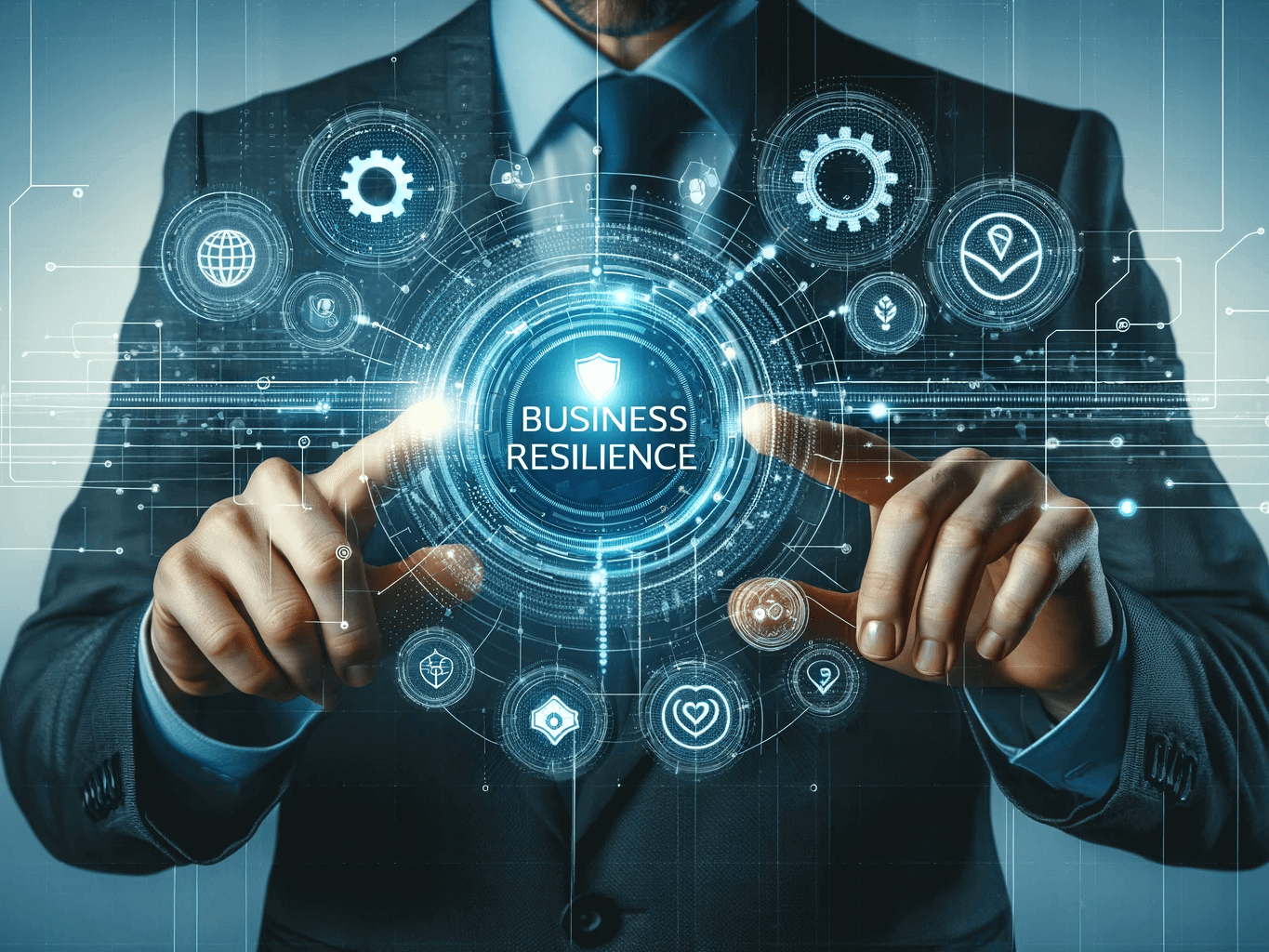
Introduction
Tourism has always thrived on novelty. Sri Lanka, with its beaches, cultural heritage, and wellness retreats, remains attractive but must constantly diversify to keep pace with evolving global demand. Today’s traveler—especially in the corporate segment—seeks experiences that are not only memorable but also transformative. Against this backdrop, I explore an unconventional yet potentially powerful opportunity: controlled disaster simulation experiences, framed as Corporate Resilience Simulations (CRS).
Properly designed, CRS could help hotels position themselves at the intersection of tourism, education, and resilience training. For Sri Lanka—a country acutely exposed to climate risks—this is not just about revenue diversification but about embedding preparedness into both business and community life.
Global Trends in Experiential Tourism
Experiential tourism is no longer a fringe idea. According to UNWTO, the global market for experiential travel surpassed USD 1 trillion in 2023 and continues to grow at 12–15% annually. Corporations now allocate part of their Learning & Development (L&D) budgets to offsite retreats that emphasise resilience, adaptability, and crisis-readiness.
- 46% of Asia-Pacific HR leaders reported in a Deloitte 2022 survey that resilience training is now a corporate priority.
- 25,000+ participants attend Bear Grylls Survival Academies worldwide each year, with corporate teams accounting for over 40%.
- 300,000 visitors annually attend Tokyo’s Ikebukuro Life Safety Learning Center, proving that “disaster education tourism” has wide public appeal.
The growth is not confined to the West. Singapore, Japan, and the Philippines already integrate disaster literacy into tourism, and their models show that the balance between education and safety can work.
Sri Lanka: Why Now?
Sri Lanka is at a turning point:
- Tourism arrivals: 1.5 million visitors in 2024, still recovering from the 2.3 million peak in 2018 (Sri Lanka Tourism Development Authority).
- Tourism revenue: USD 2 billion in 2023 (Central Bank), compared to USD 4.3 billion in 2018.
- Disaster risk: Over 2 million Sri Lankans are impacted annually by floods, landslides, or droughts (Disaster Management Centre, 2022).
This dual context of recovery and vulnerability suggests an opportunity. CRS can:
- Diversify MICE tourism (Meetings, Incentives, Conferences, Exhibitions).
- Create a corporate training niche for multinational firms operating in Colombo and regional hubs.
- Promote resilience literacy among both visitors and local staff.
Global Case Studies (Lessons for Sri Lanka)
1. Japan – Ikebukuro Life Safety Learning Center Visitors simulate earthquakes, smoke evacuation, and fire suppression. Key lesson: Government–tourism collaboration works when education is prioritised.
2. New Zealand – Quake City (Christchurch) A museum blending earthquake history with interactive learning attracts over 400,000 visitors annually. Key lesson: Storytelling and memorialisation can coexist with tourism.
3. USA – FEMA Emergency Management Courses Exercises where teams practise evacuation, logistics, and communication. Key lesson: After-Action Reviews (AARs) ensure measurable learning.
4. UK – Bear Grylls Survival Academy Commercial survival training for corporates. Key lesson: Consent, risk management, and tiered pricing matter.
5. Singapore – Marina Bay Sands Safety Integration Hotels incorporate scheduled evacuation drills into corporate packages. Key lesson: Hotels can host resilience without disrupting normal operations.
6. Philippines – Typhoon Preparedness Drills Coastal resorts conduct seasonal simulations. Key lesson: Tie training to local climate hazards.
7. Sri Lanka – Adventure & Wellness Tourism With rafting, ayurveda, and meditation retreats already mainstream, Sri Lanka has the infrastructure to adapt resilience tourism as a new niche.
Designing Corporate Resilience Simulations (CRS)
What It Could Look Like:
- Evacuation Simulations: Fire or flood drills conducted in controlled settings.
- Medical Response Labs: CPR, first aid, bleeding control, supervised by certified trainers.
- Cybersecurity Roleplay: Teams respond to a simulated IT outage.
- Communication Scenarios: Crisis spokesperson practice in media mock-ups.
Safety Layers:
- Clinical screening: Exclude participants with trauma history.
- Physical safety: Props only, no real hazards.
- Insurance: Liability coverage built in.
- Opt-out: Participants may leave at any time.
Curriculum Levels:
- Bronze: ½‑day awareness.
- Silver: 1‑day tabletop + drills.
- Gold: 2‑day full crisis lab with AAR.
Financial Feasibility
Illustrative Revenue Model (per 24‑person corporate cohort):
- Training fee: USD 3,600 (USD 150 pp)
- F&B + space: USD 1,800
- Rooms: USD 1,440
- Gross per cohort: USD 6,840
- Costs (trainers, equipment, insurance): ~USD 2,400
- Contribution margin: ~USD 4,440
Scaling Example: 10 hotels × 4 cohorts/month → USD 1.64 million/year contribution margin.
For corporates, ROI comes from reduced risk, improved preparedness, and compliance with global safety mandates.
Risks & Ethical Considerations
- Trauma Sensitivity: Avoid trivialising disasters; focus on resilience.
- Cultural Sensitivity: No reenactments of Sri Lanka’s conflict history.
- Legal Compliance: Must align with occupational safety standards and ICCPR protections.
- Privacy: No unauthorised photography or data misuse.
- Inclusivity: Accessible design for persons with disabilities.
Implementation Roadmap
Step 1 – Pilot: Two hotels, one corporate cohort each month.
Step 2 – Partnering: Work with Disaster Management Centre and local responders.
Step 3 – Expansion: Scale across MICE-focused resorts and urban hotels.
Step 4 – Marketing: Target corporates in GCC, India, East Asia.
Wider Benefits
- National Preparedness: A culture of safety spreads beyond tourism.
- Employment: Ex-military, paramedics, and trainers find new career paths.
- Destination Branding: Sri Lanka becomes known for wisdom, resilience, and responsibility.
Conclusion
Crisis simulation in hotels may sound provocative, but if framed correctly as Corporate Resilience Simulations (CRS), it could be a pioneering niche for Sri Lanka. Done ethically, it combines business opportunity, public good, and global relevance. This is not about exploiting fear—it is about building readiness, fostering teamwork, and enhancing Sri Lanka’s standing as an innovative, responsible tourism hub.
Disclaimer
This article has been authored and published in good faith by Dr. Dharshana Weerakoon, DBA (USA), based on publicly available data from national and international sources, decades of professional experience across multiple continents, and ongoing industry insight. It is intended solely for educational, journalistic, and public awareness purposes to stimulate discussion on sustainable tourism models. The author accepts no responsibility for any misinterpretation, adaptation, or misuse of the content. Views expressed are entirely personal and analytical, and do not constitute legal, financial, or investment advice. This article and the proposed model are designed to comply fully with Sri Lankan law, including the Intellectual Property Act No. 52 of 1979, the ICCPR Act No. 56 of 2007, and relevant data privacy and ethical standards.
✍ Authored independently and organically through lived professional expertise—not AI‑generated.
Further Reading: https://www.linkedin.com/newsletters/outside-of-education-7046073343568977920/

